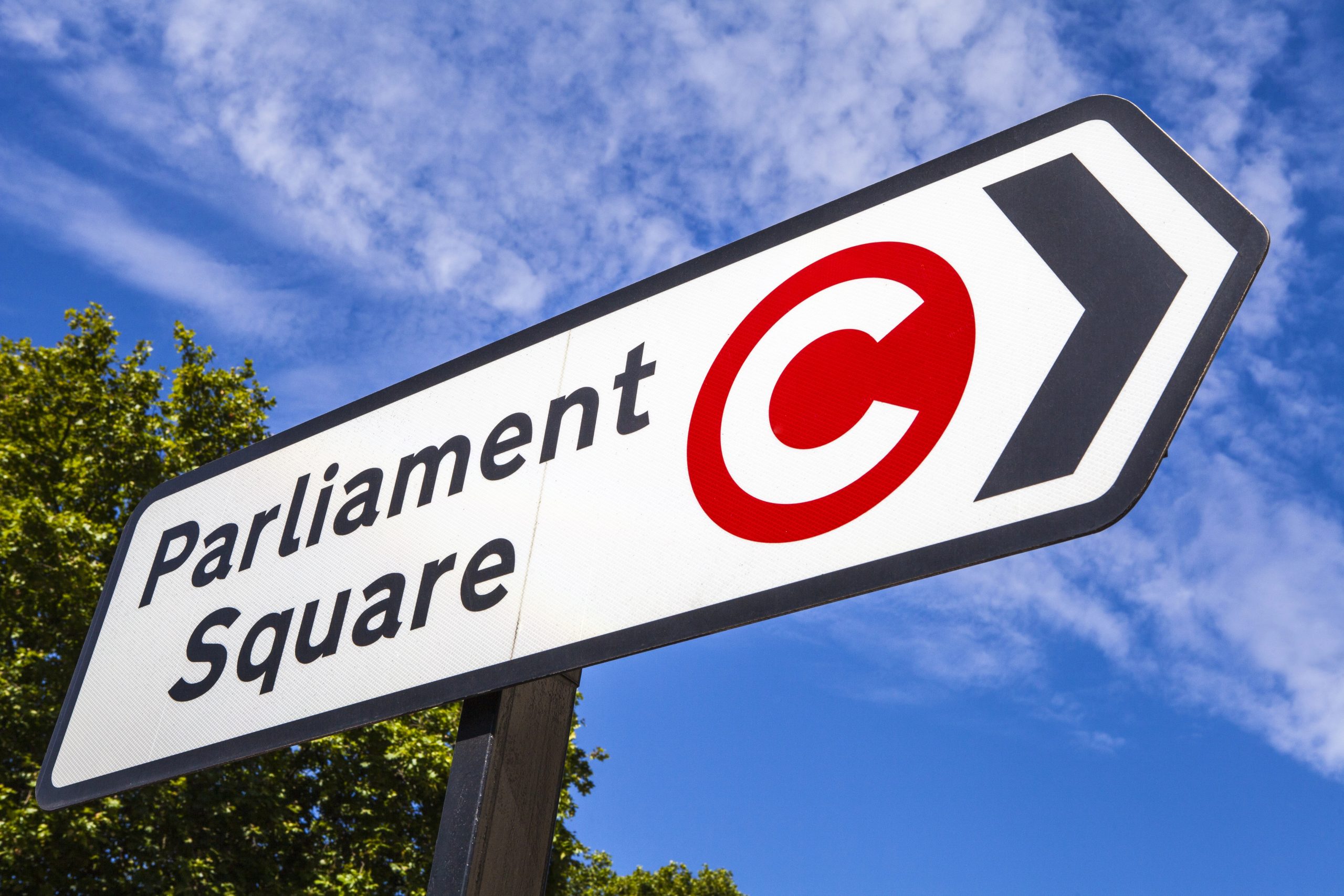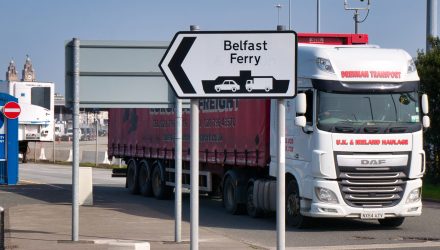Transport for London (TfL) will introduce major changes to the Congestion Charge from 2 January 2026, marking the biggest overhaul of the scheme in six years. For fleet operators, logistics firms and commercial drivers, the implications will be immediate and lasting — affecting route planning, cost forecasting and vehicle procurement strategies well into the next decade.
At the centre of the reforms is a daily charge increase from £15 to £18, with the late payment window rising to £21. But the most consequential shift comes from the end of blanket exemptions for electric vehicles (EVs), which TfL says have grown to the point where congestion impacts are rising again.
A TfL spokesperson said the new package “strikes a careful balance between supporting the transition to zero-emission transport and ensuring the Congestion Charge remains effective at managing traffic in central London”.
Electric vehicles lose their free pass
Under the new “Cleaner Vehicle Discount”, only fleets registered for Auto Pay will receive EV concessions. From 2026, electric cars will receive a 25% discount, reducing the daily charge to £13.50, while electric vans, HGVs and quadricycles will receive a 50% discount, bringing the daily cost to £9.
These incentives decline further from March 2030, when car discounts fall to 12.5% and van/HGV discounts to 25%. The shift reflects TfL’s modelling, which suggests that without the changes an extra 2,200 vehicles could enter the zone each weekday, increasing congestion and harming journey time reliability for freight and buses.
Residents and specialists: tighter rules
The 90% Residents’ Discount will remain for existing registered users, but from 1 March 2027 new applicants will only qualify if they own an electric vehicle. Certain low-income and disabled residents will be protected until 2030. Electric “back-to-base” car-club vehicles will receive a full exemption to support shared mobility — a move TfL says reduces overall car ownership in high-density areas.
What this means for fleets
For commercial operators, the most pressing impact is financial. The uplift in charges — combined with the loss of full EV exemption — makes central London operations more expensive across the board. Early adopters who invested in electric vans expecting long-term savings will face additional costs.
However, the scheme also reinforces a wider trend: London is moving its levers from emissions reduction to congestion management. For fleets, this means clean vehicles alone will not protect budgets — operational efficiency will become as important as powertrain choices.
Many fleets are expected to accelerate consolidation strategies, shifting trunk movements to outer distribution hubs and using micro-hubs, e-cargo bikes and EV vans for the last mile. Others will re-schedule work to avoid peak traffic hours or re-route through areas outside the charging zone. For firms already using Auto Pay, the process will be simpler, but the new tiered structure means fleet managers will need tighter oversight of which vehicles qualify for which rates.
There are competitive implications too. Operators who can reduce the number of chargeable entries — by using better route optimisation, job batching or dynamic scheduling — will gain a cost advantage over rivals. The changes may also affect the economics of private hire fleets, urban service engineers and specialist operators who make multiple daily entries.
TfL remains under financial pressure, and increasing Congestion Charge income is part of a broader stabilisation strategy. The Government has also agreed that TfL can raise the charge annually in line with Tube fare increases or a revised inflation formula, reducing the need for future public consultations. In practice, this means the 2026 rise is unlikely to be the last.
Kirsten Zoe Smith, Co-Chair of SUFA and Net Zero Strategist at Recorra, said: “Freight operators across London want to transition to zero emissions vehicles. They currently face significant cost barriers to doing so, from the difficulties of securing grid connections, to weight regulations and energy costs.
“Introducing a congestion charge for electric vans and HGVs will at best slow that progress, and at worst reverse it. Penalising operators trying to do the right thing will not reduce congestion, but make it harder for them, and others, to make the shift to zero emissions fleets.”
Commenting, Richard Dilks, chief executive of CoMoUK, said: “While it is welcome that car club EVs resident in the Congestion Charge Zone will not be charged, this covers just a handful of vehicles, and so is a very small reduction compared to the overall increased financial cost of these measures.
“These plans load more cost onto the capital’s car club fleet and risk denying Londoners and visitors access to shared cars that cut costs and emissions – and in particular to shared EVs.
“As well as enabling users to live a car-free or car-light lifestyle, our research has shown that each car club vehicle replaces 31 private cars in the capital, freeing up space, cutting congestion and improving air quality.
“They also make a big contribution to reducing car ownership and mileage, with members more likely to embrace active travel and public transport too.
“We urge the Mayor and TfL to stop treating shared cars as if they are privately-owned ones, which is completely illogical and a disservice to Londoners.”
London Mayor Sadiq Khan said: “Keeping London moving by reducing congestion is vital for our city and for our economy.” He emphasised that EV uptake remains important but cannot undermine the traffic-management purpose of the charge.
Practical next steps for fleet managers
- Registering all eligible vehicles for Auto Pay immediately to ensure discounts are applied correctly from day one.
- Running updated cost models for 2026–2030 to account for phased discount reductions.
- Reviewing route optimisation software and telematics data to reduce paid entries.
- Planning how the changes interact with ULEZ, clean-air zones elsewhere, and wider fleet decarbonisation paths.
Although the reforms introduce new cost pressures, they also encourage a more efficient operational model — one likely to shape the next phase of urban logistics across the capital.







